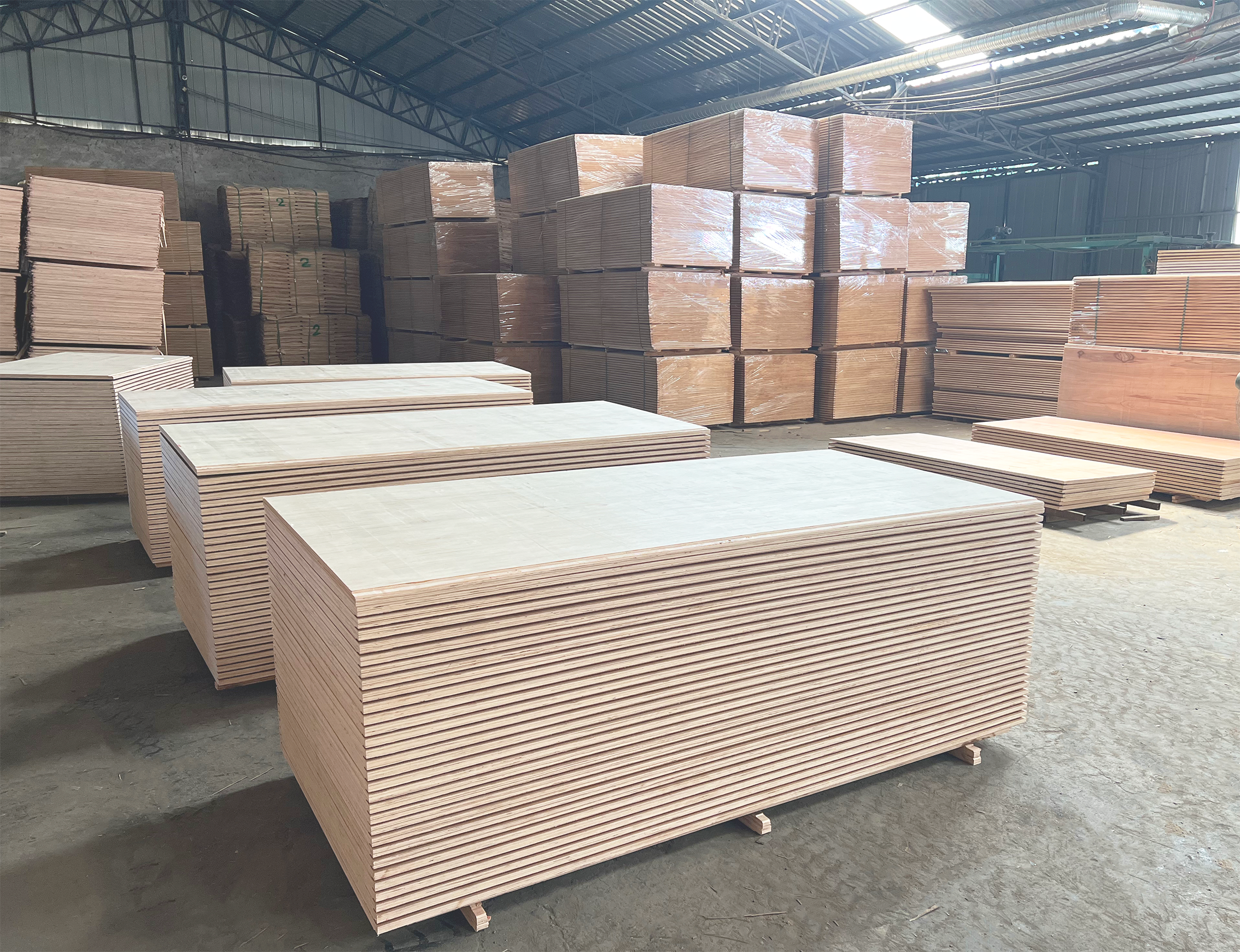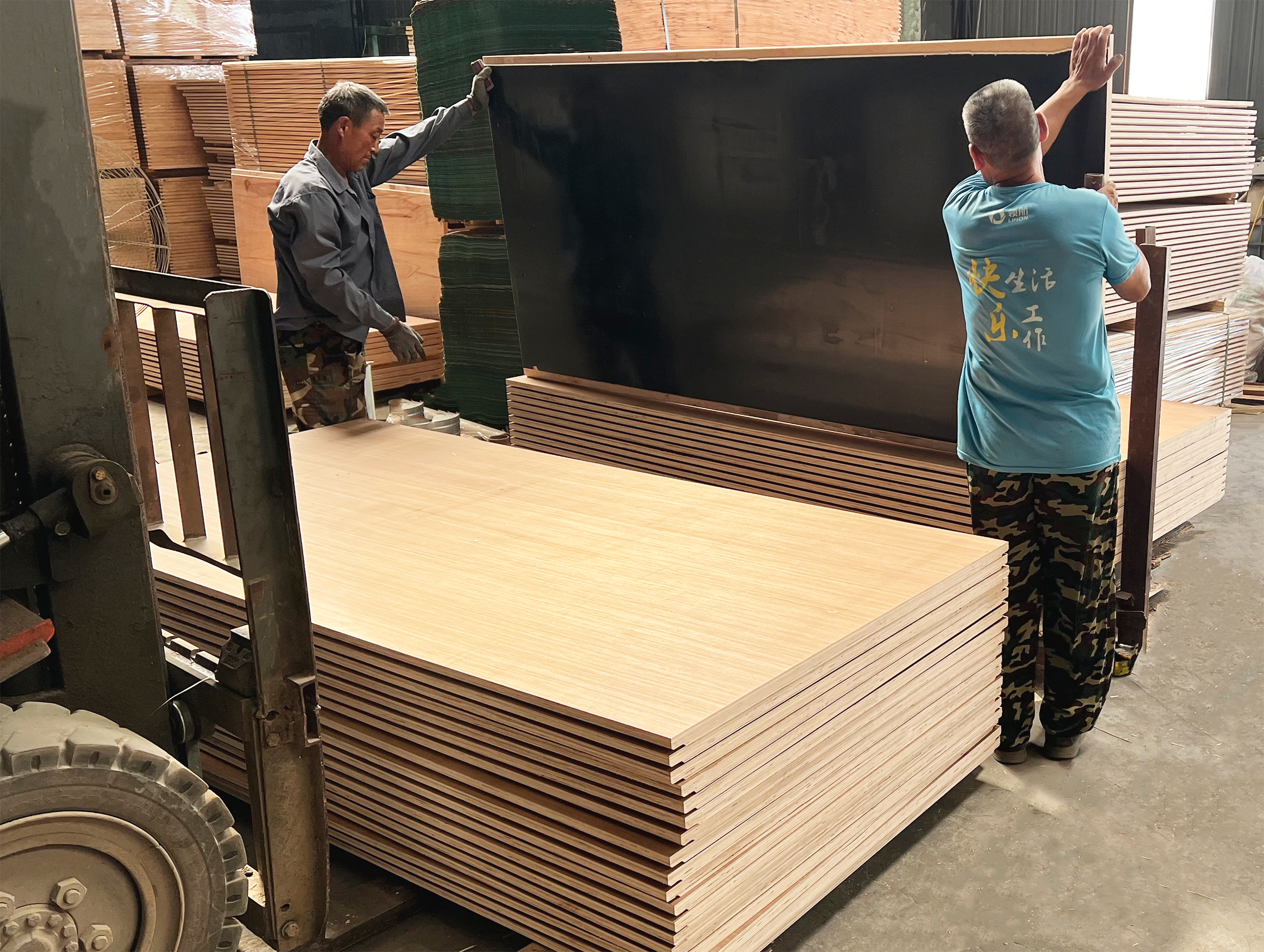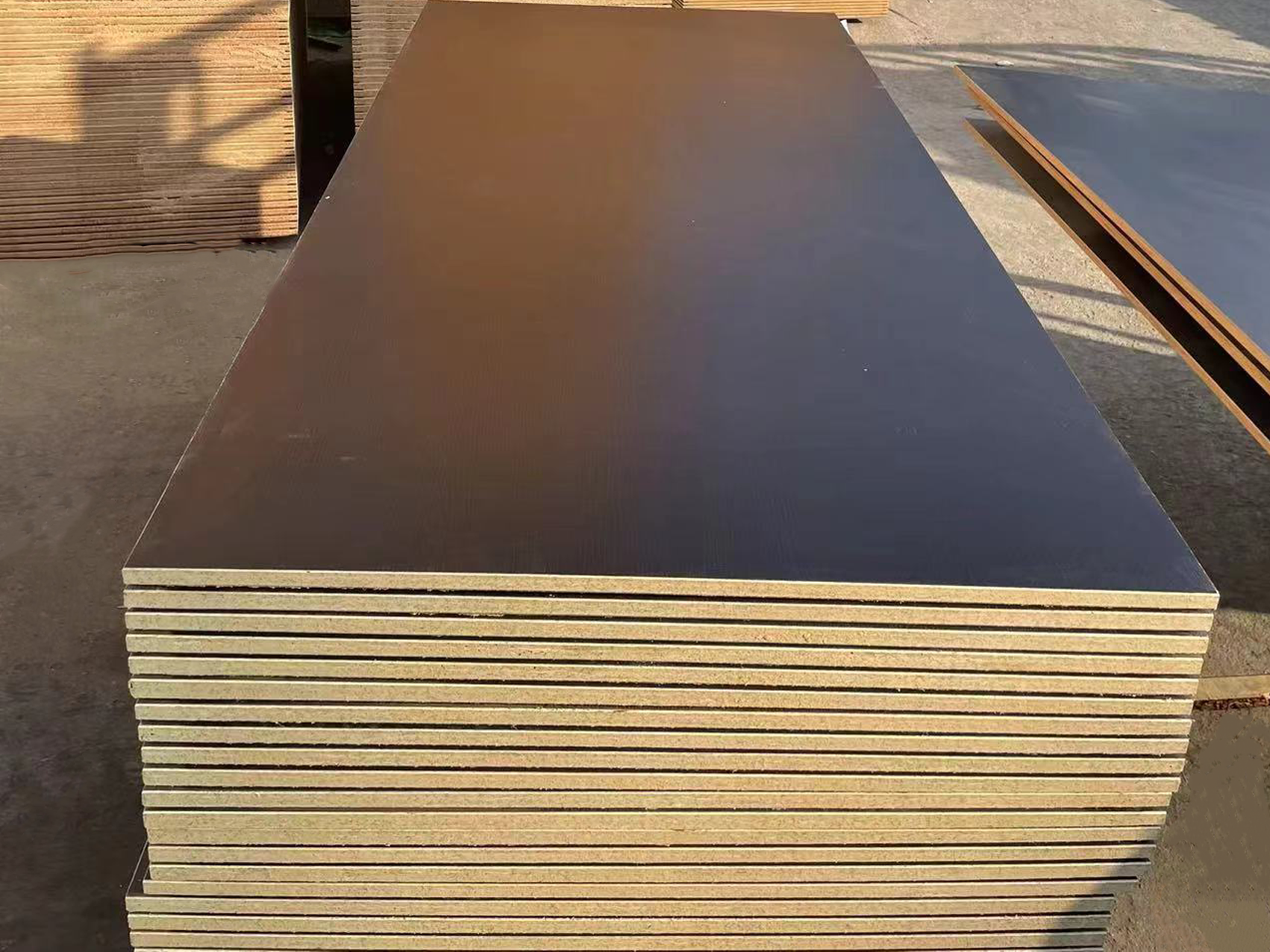-
Shipping Containers
- Container Parts
- Roof Panel
- Side Panel
- Front End Panel
- Door Panel
- Front Corner Post
- Rear Corner Post (Outer/Inner)
- Cross Member
- Bottom Side Rail
- Top Side Rail
- Door Sill
- Front Bottom Rail
- Top End Rail
- Door Header Upper/Lower
- Door Rail
- Floor Spacer
- Angle
- Top/Bottom End Rail
- Door Edge Member
- Door Sealing
- Door Frame Profile
- Door Lining
- Door Hardwares
- Door Gasket
- Side Panel/Lining
- T-Floor
- Roof Panel/Lining
- Cross Member
- Bottom Side Rail
- Top Side Rail
- Ledge PVC
- Kazoo Drain
- Auto Drain
- Alu Tube
- Auto Drain Center Part
- PVC Drain Pipe
- PVC Plugs f. Drain with Ring and Steel Wire
- Door Screw
- Door Screw Nut
- Door Screw Rubber
- Tapping Screw
- Stainless Blind Rivet
- Lashing Ring
- CSC Plate
- Welding Wire
- Tapping Screw Bit
- Vehicle Parts
- Ship Supplies
- 15. Cloth & Linen Products
- 17. Tableware & Galley Utensils
- 19. Clothing
- 23. Rigging Equipment & General Deck Items
- 27. Painting Equipment
- 31. Safety Protective Gear
- 33. Safety Equipment
- 39. Medicine
- 45. Petroleum Products
- 47. Stationery
- 51. Brushes & Mats
- 55. Cleaning Material & Chemicals
- 59. Pneumatic & Electrical Tools
- 61. Hand Tools
- 63. Cutting Tools
- 65. Measuring Tools
- 79. Electrical Equipment
- 81. Packing & Jointing
- Vehicles
- Lashing Tools
- Logistic Tools
Container PartsContainer Plywood Flooring (5) Usage and MaintenanceFeb 25,2025Container plywood flooring requires proper usage and maintenance. For daily cleaning, gently sweep away debris. Implement moisture - proof and waterproof measures like using desiccants. To prevent cargo - related damage, secure goods properly. Regularly inspect for signs of wear, delamination, and water stains to ensure its longevity and functionality.

Key Points of Daily Cleaning
When it comes to maintaining the cleanliness of container plywood flooring, proper techniques are crucial. For dust removal, using a soft-bristled broom or a clean, soft-textured mop is highly recommended. Hard-bristled brooms or abrasive cleaning tools can cause scratches on the surface of the floor. In fact, a study by the International Container Maintenance Association found that over 30% of premature wear on container floors is due to improper cleaning tools.
For stains, a targeted approach is necessary. General oil stains, which are quite common in container environments, can be effectively treated. Mix a mild detergent with water at a ratio of approximately 1:10. Then, dip a soft cloth into the solution and gently rub the stained area. After that, wipe the area clean with a damp cloth and rinse in clean water. This not only keeps the floor looking presentable but also extends its lifespan. A well-maintained floor can enhance the visual appeal of the container interior, which is beneficial when presenting goods. Regular and proper cleaning can extend the aesthetic lifespan of the container plywood flooring by up to 20%.
Moisture-proof and Waterproof Measures
In a container, maintaining good ventilation is essential for preventing moisture buildup. By installing ventilation openings, the air circulation can be significantly improved. Research shows that containers with proper ventilation have 40% less humidity compared to those without. Humidity control is directly related to the durability of container plywood flooring.
For the floor itself, waterproof treatment is a must. Applying a layer of high-quality paint to the floor surface regularly can enhance its water - resistance. Industry standards suggest that water-resistant paint should be applied every 6 - 12 months, depending on the container's usage frequency and environmental exposure. Any detected water leakage points should be repaired immediately. Even a small leak can cause significant damage over time. In one case, a small, unnoticed leak in a container led to a 15% area of the floor being affected by mold and deformation within three months.

Methods to Prevent Cargo-related Damage
During the loading and unloading of goods, proper cargo-securing methods are vital. Using ropes, ratchet straps, or other reliable securing tools to fasten the cargo firmly can prevent it from shifting or moving during transportation. In a study of container transportation accidents, it was found that 25% of floor damages were caused by unsecured cargo.
Placing buffer materials such as rubber mats or foam boards at the contact points between the cargo and the floor can effectively reduce the pressure and friction exerted on the floor. Rubber mats, for example, can reduce the impact force on the floor by up to 50%. This simple measure can greatly extend the lifespan of the container plywood flooring and reduce maintenance costs. A well-protected floor may require 30% less frequent repairs compared to an unprotected one.
Regular Inspection Items
Regular inspection of the container plywood flooring is essential to ensure its structural integrity. Check for signs of board cracking, delamination, or any other structural issues. In addition, pay attention to the wear and tear of the floor. If the surface becomes too smooth, it may pose a safety risk as it reduces friction. On the other hand, deep pits or excessive wear in certain areas can also compromise the floor's load-bearing capacity.
Once any damage is detected, appropriate actions should be taken promptly. Minor wear can be addressed through sanding and repainting. For more severe damage, such as large-scale delamination or board breakage, replacing the affected boards is often the best solution. A comprehensive inspection every three months can help identify potential problems early and prevent more serious issues from occurring.
When it comes to high-quality container plywood flooring and reliable maintenance-related products, CIMC Equilink offers a range of solutions. Our container plywood flooring is designed with durability and ease of maintenance in mind. Our company provides not only top-grade flooring materials but also professional advice on usage and maintenance. CIMC Equilink's products are manufactured using advanced technology, ensuring excellent resistance to moisture, wear, and impact. With our products, you can be confident in the long-term performance of your container flooring, reducing the hassle of frequent repairs and replacements.
Quick Quote
Copyright © 2019 CIMC Equilink - Container Parts

 中文
中文















